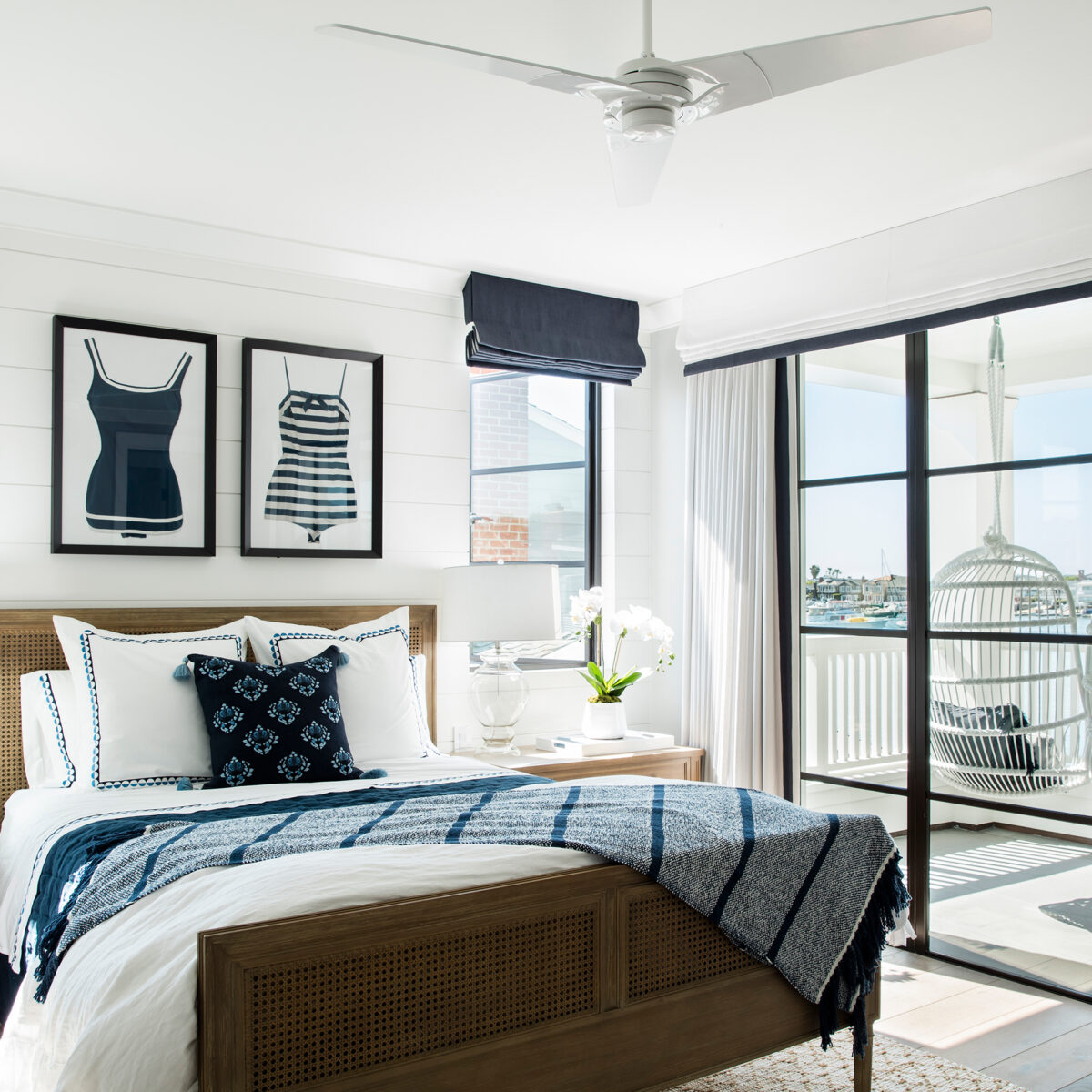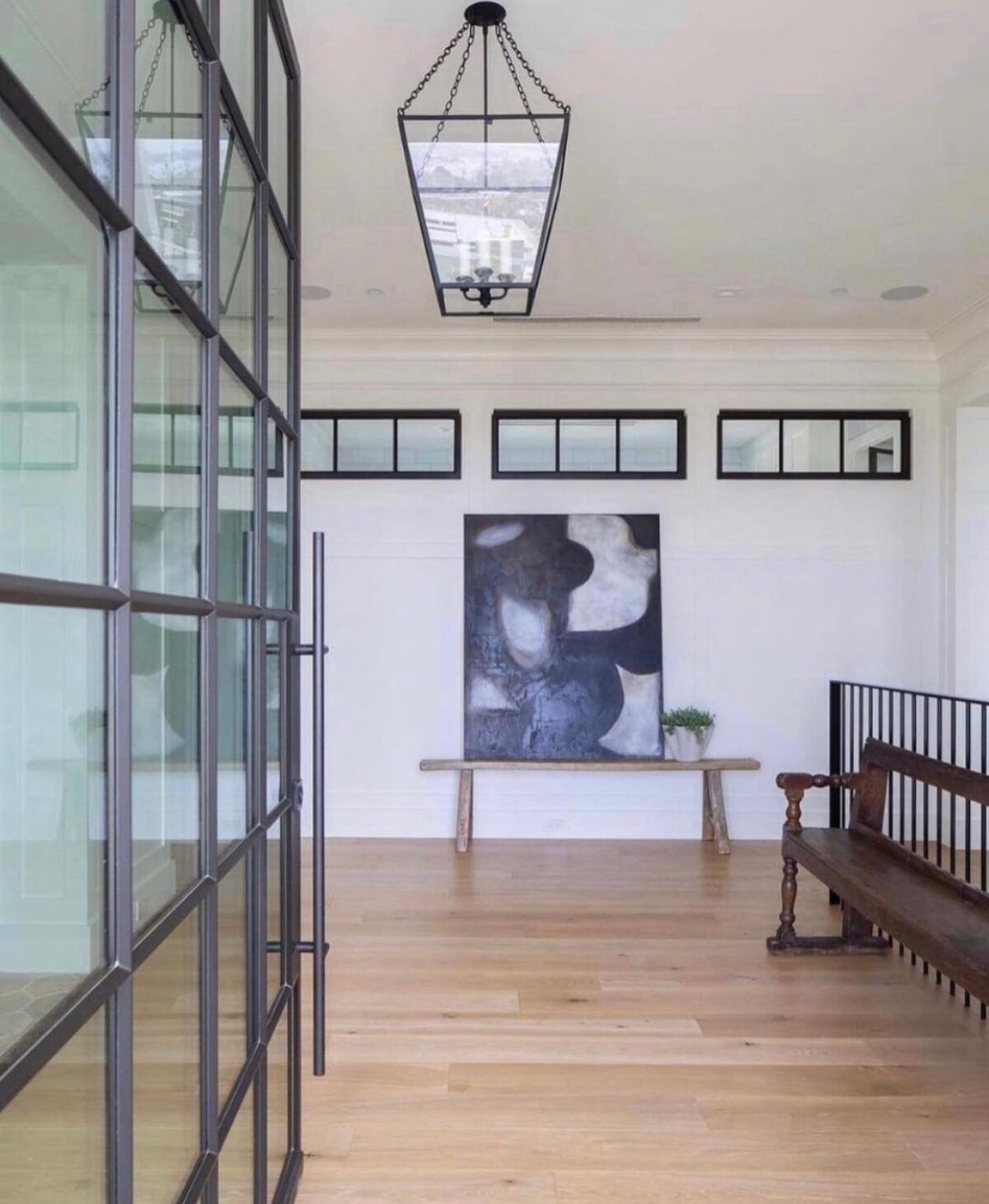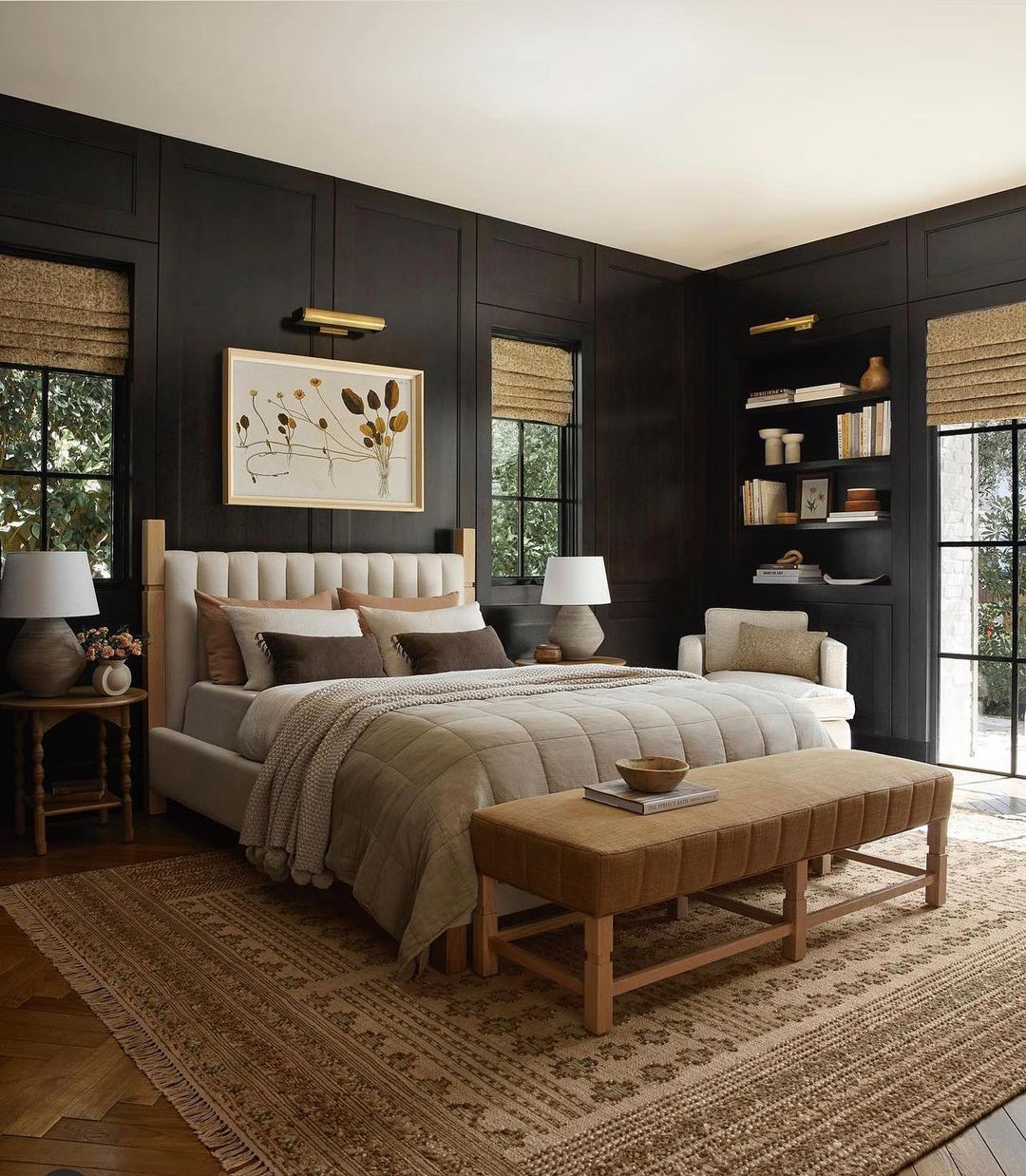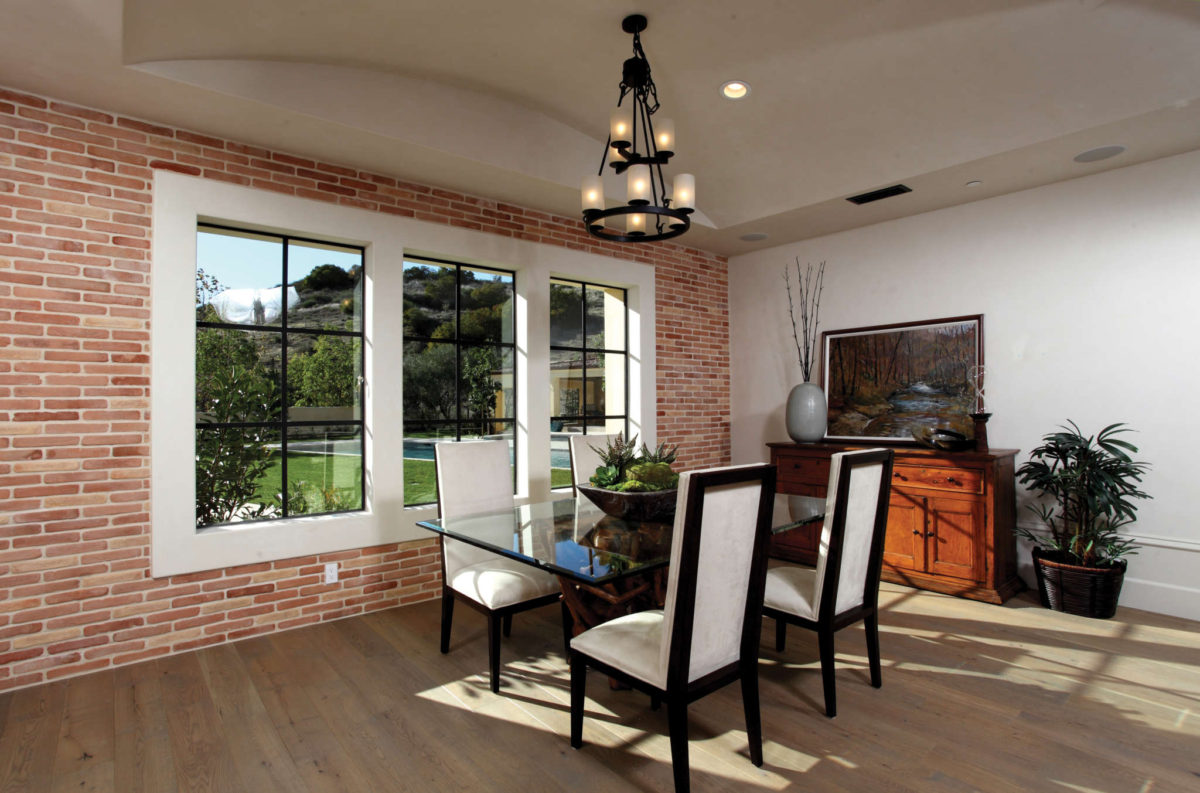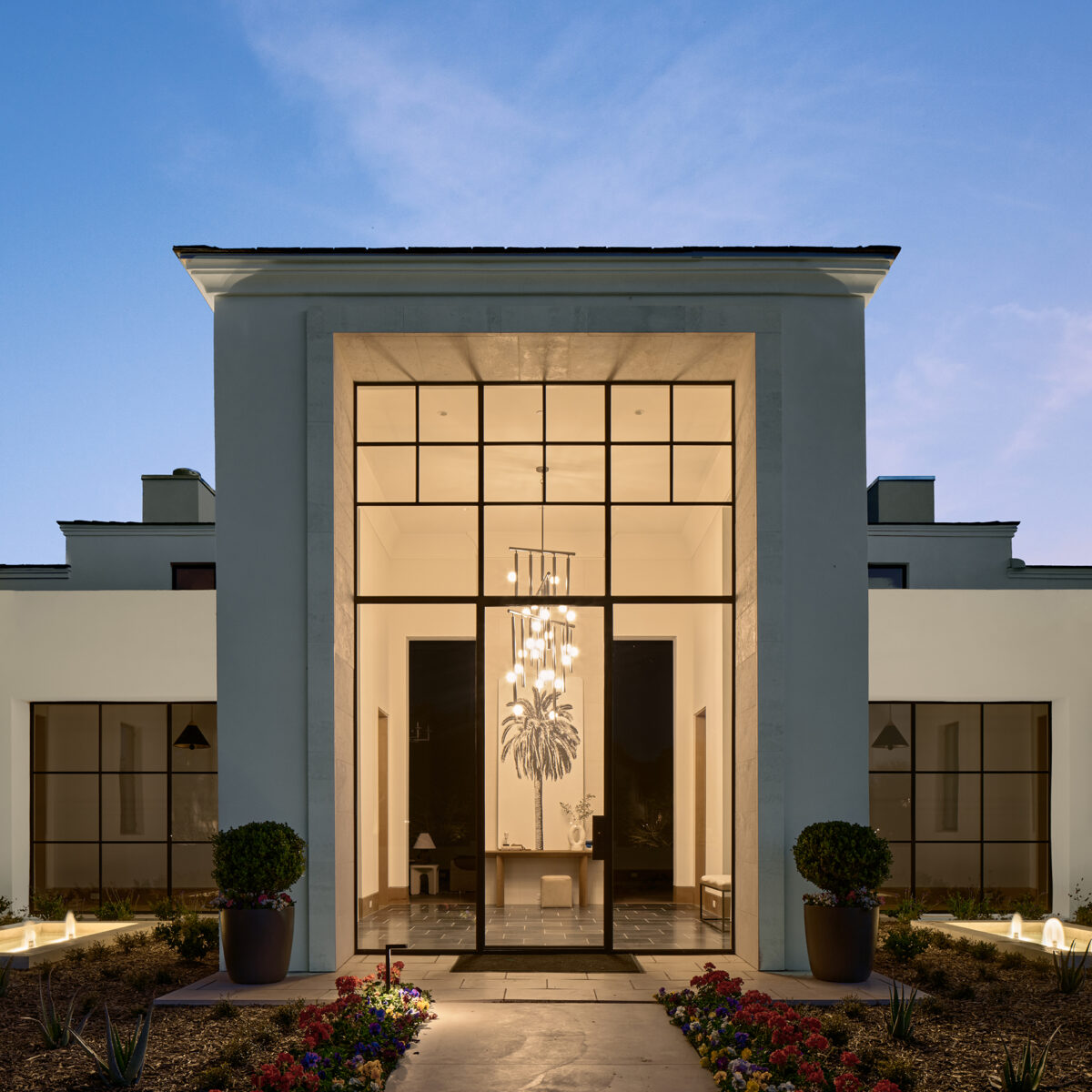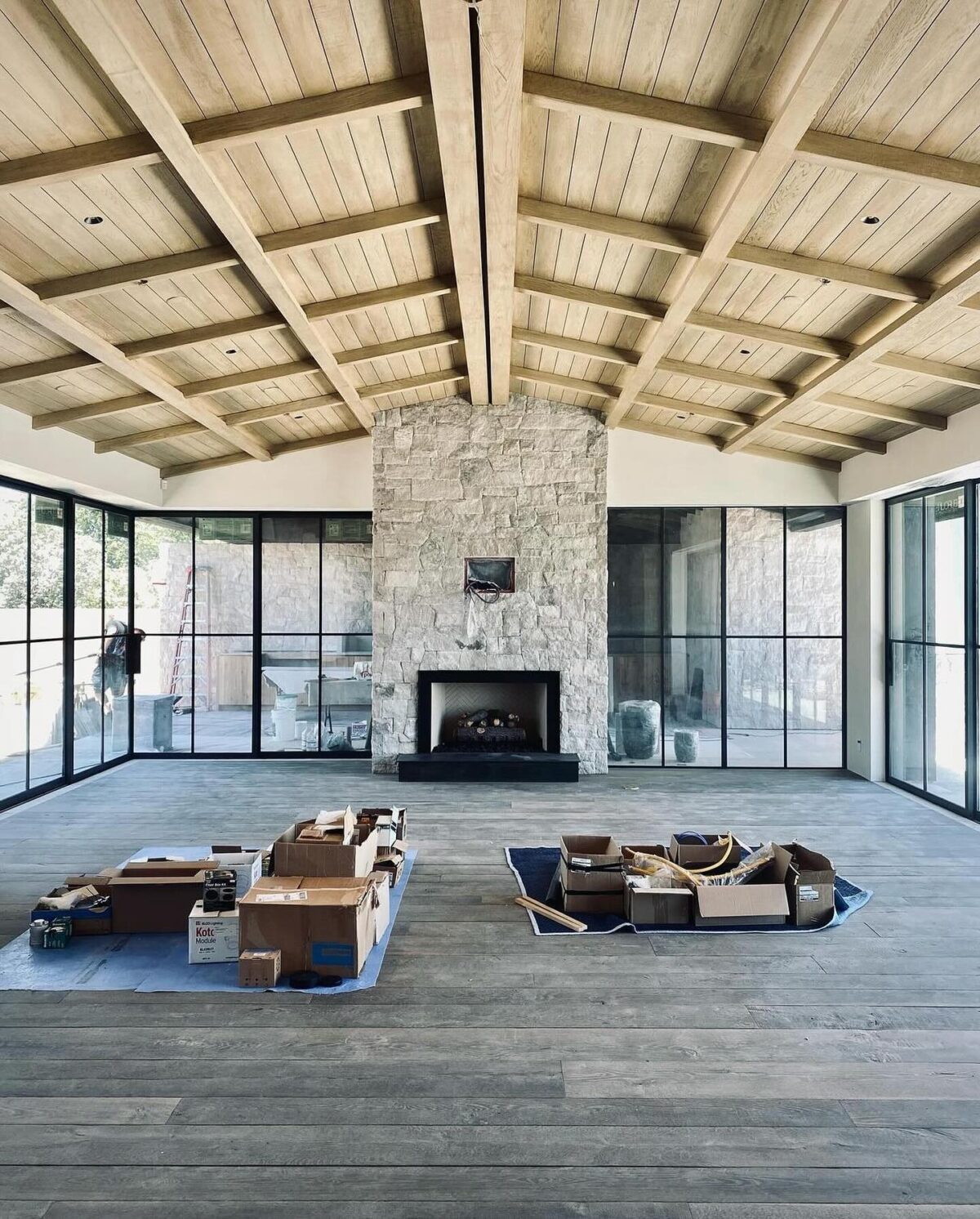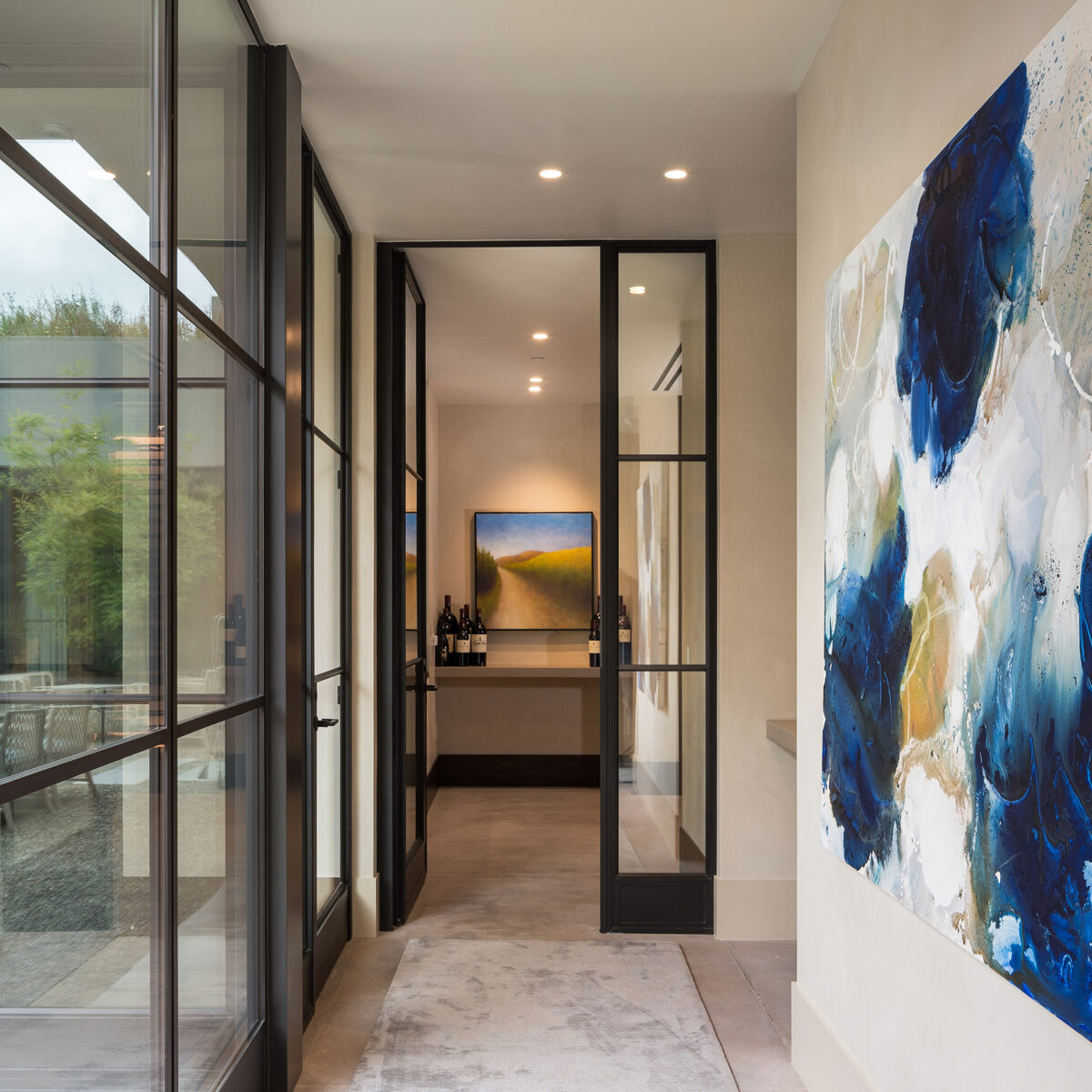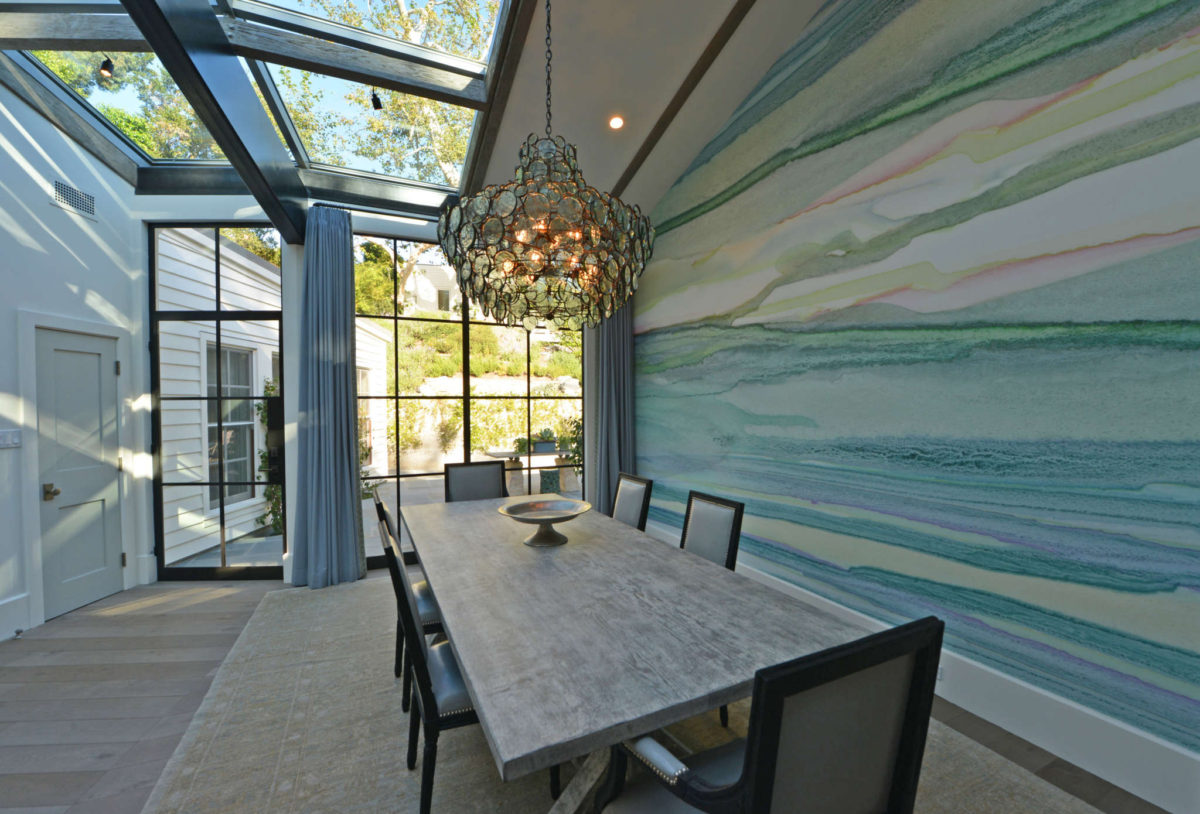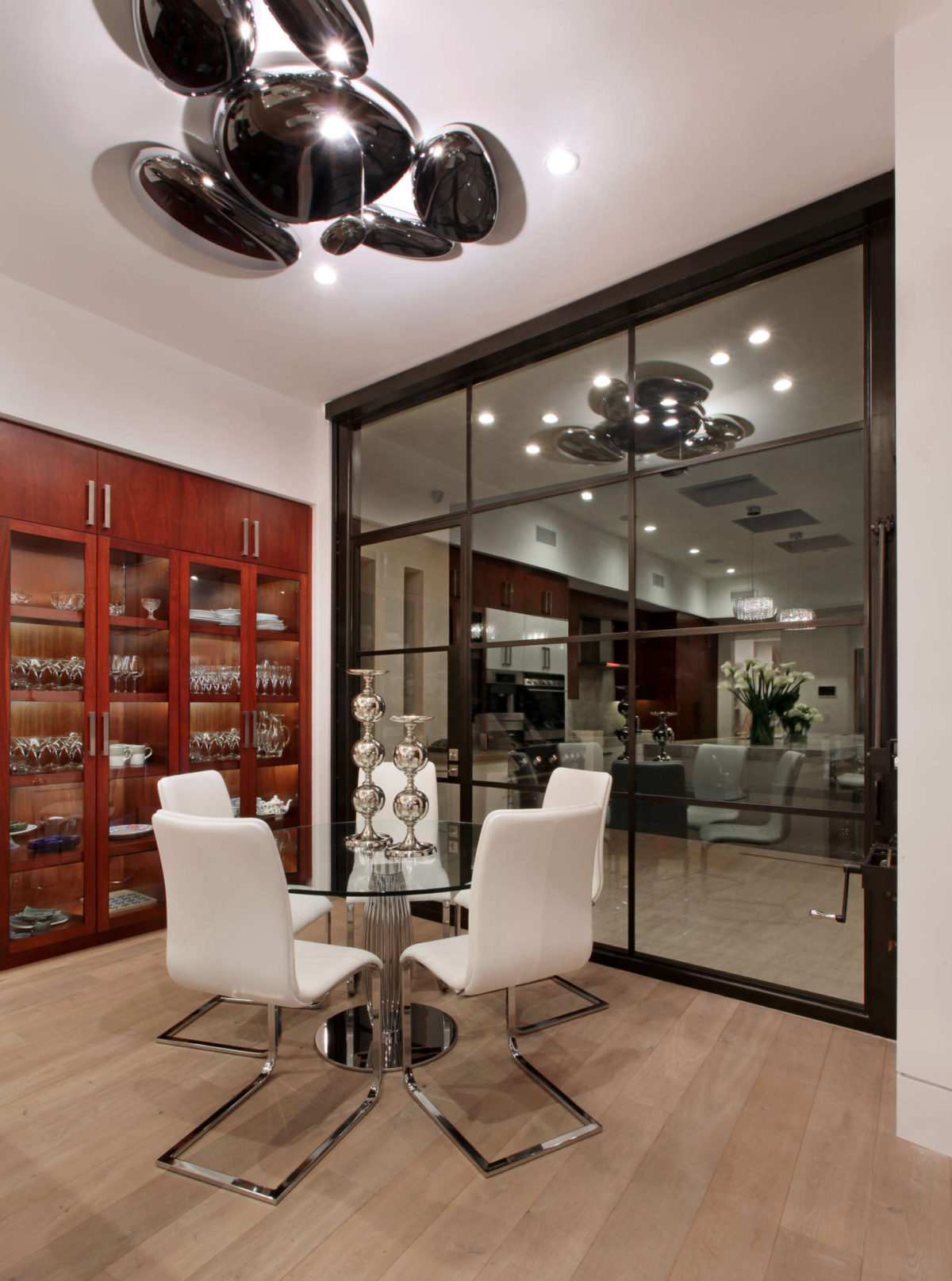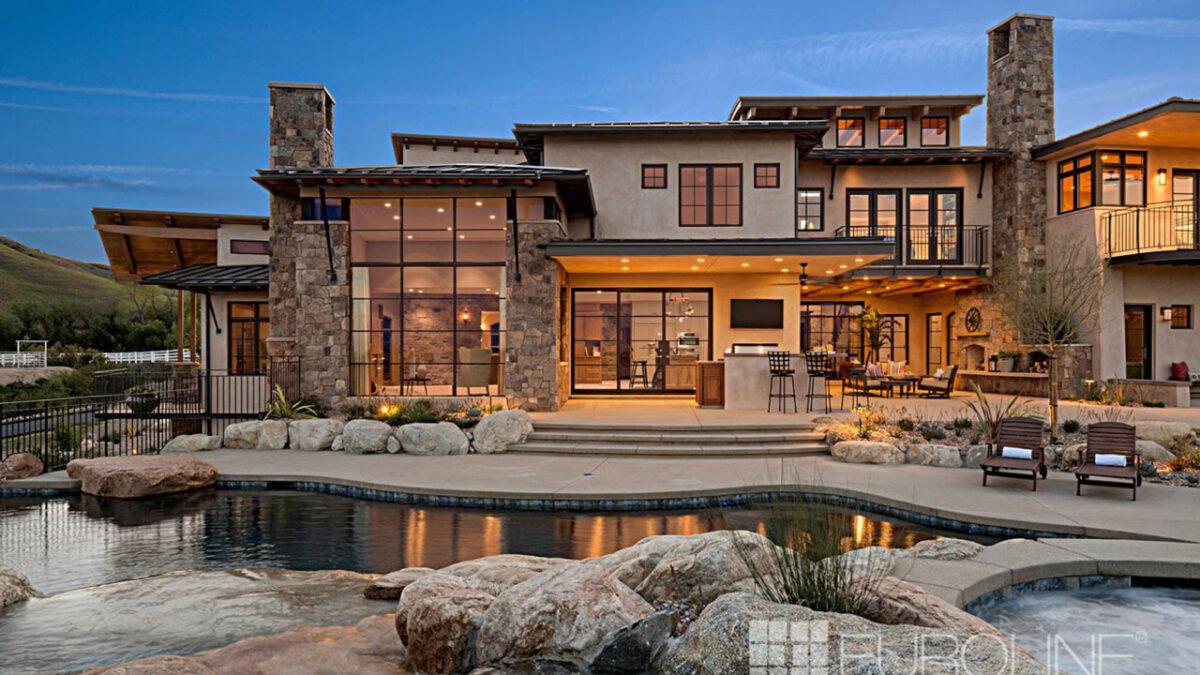Key Takeaways
- Art Deco design is characterized by strong, geometric shapes that add structure and order to any space.
- Materials like marble, brass, and polished wood bring a sense of elegance and sophistication to Art Deco interiors.
- A bold color palette combined with metallic accents creates a dramatic and luxurious look.
- Streamlined furniture with clean lines and minimal ornamentation is key to achieving an Art Deco look.
- The use of stylish lighting and reflective surfaces enhances the overall aesthetic and adds depth to the space.
Art Deco is a design style that stands out for its boldness, elegance, and modern appeal. It’s a style that emerged in the early 20th century, characterized by clean lines, geometric shapes, and a love for luxury. Art Deco design is still popular today, admired for its timeless beauty and the way it combines functionality with style.
The appeal of Art Deco lies in its ability to make any space feel glamorous and sophisticated. Whether it’s through the use of luxurious materials, striking patterns, or carefully crafted details, this design style always leaves an impression.
In this guide, we’ll look at the materials, colors, shapes, and other features that define this style, and offer tips on how to use these elements to create a stunning space.
Key Elements of Art Deco Design
Bold Geometric Shapes
Art Deco is famous for its bold geometric shapes. These shapes are often sharp and angular, like zigzags, triangles, and chevrons. They give the design a sense of structure and order. Geometric patterns are used in everything from floor tiles to wallpaper. They’re also seen in furniture design, where tables, chairs, and cabinets feature strong, clean lines.
Incorporating geometric shapes into your home is simple. You can start with small accents like a patterned rug or geometric cushions. For a more dramatic effect, consider adding a statement piece of furniture with a strong geometric design.
Luxurious Materials
Art Deco design is all about luxury. The materials used in this style are rich and opulent. Think of materials like marble, polished wood, and metals like chrome and brass. These materials give Art Deco interiors a sense of elegance and sophistication.
When designing your space, consider using these luxurious materials to add a touch of glamour. A marble countertop, a brass lamp, or a polished wood coffee table can instantly elevate the look of a room. Don’t be afraid to mix different materials.
Rich and Bold Colors
The color palette in Art Deco design is both rich and bold. It often includes deep, saturated colors like emerald green, ruby red, and sapphire blue. These colors are paired with metallics like gold, silver, and chrome to create a luxurious and dramatic effect.
To bring this element into your home, start with a bold color on the walls or in your furniture. You can also use these rich colors in smaller accents like cushions, curtains, or artwork. Metallic finishes can be added through light fixtures, picture frames, or other decorative objects.
Sleek, Streamlined Furniture
Furniture in Art Deco design is sleek and streamlined. It often features curved edges and smooth surfaces, with little to no ornamentation. The focus is on the form and the materials, rather than on elaborate details. This gives the furniture a modern and sophisticated look.
When choosing furniture for an Art Deco-inspired space, look for pieces that have a simple, elegant silhouette. Avoid overly ornate or fussy designs. Sliding doors are a great addition to this style, as they help maintain the clean lines and streamlined look. Specialty doors with a unique design or material can also serve as a focal point in the room.
Decorative Lighting
Lighting is an important element in Art Deco design. The right lighting can transform a space, making it feel warm and inviting. Art Deco lighting often features geometric shapes and luxurious materials like glass, chrome, and crystal.
Consider adding a statement chandelier or a pair of elegant wall sconces to your space. These fixtures not only provide light but also add to the overall aesthetic. For a modern take on Art Deco lighting, look for fixtures that combine geometric shapes with sleek, polished finishes.
The lighting should enhance the other elements in the room, highlighting the bold colors, luxurious materials, and geometric patterns.
Mirrors and Reflective Surfaces
Mirrors and reflective surfaces are key elements in Art Deco design. They add depth and light to a space, making it feel larger and more open. Mirrors in Art Deco design often have geometric shapes or decorative frames made of materials like chrome or gold.
Incorporate mirrors into your space by placing them in strategic locations where they can reflect light and create the illusion of more space. A large mirror in a hallway or living room can make the room feel more expansive.
Reflective surfaces like glass tables, metallic finishes, and glossy paint can also contribute to this effect.
Artistic Details and Accessories
Art Deco design pays attention to the details. Accessories and decorative items are carefully chosen to complement the overall design. This might include items like vases, sculptures, or framed artwork that features geometric shapes or bold colors.
When adding accessories to your space, think about how they will contribute to the overall aesthetic. Choose items that have a strong design presence, whether through their shape, color, or material. Specialty doors, for example, can be a great way to incorporate artistic details into your home.
Incorporating Art Deco into Your Home
Incorporating Art Deco design into your home doesn’t have to be complicated. Start with the basics: choose a color palette that includes bold, rich colors and metallic accents. Then, focus on the key elements like geometric shapes, luxurious materials, and streamlined furniture.
If you’re renovating or building, consider including sliding doors or specialty doors in your design. These doors not only add to the aesthetic but also provide practical benefits like saving space and enhancing the flow of the room.
The key is to maintain a sense of balance and cohesion throughout the space, so every element works together to create a harmonious design.
Let Euroline Steel Windows and Doors help you get it done! We are experts and we help homeowners bring on the classic Art Deco style into their houses. Check out our products and let’s work together.

